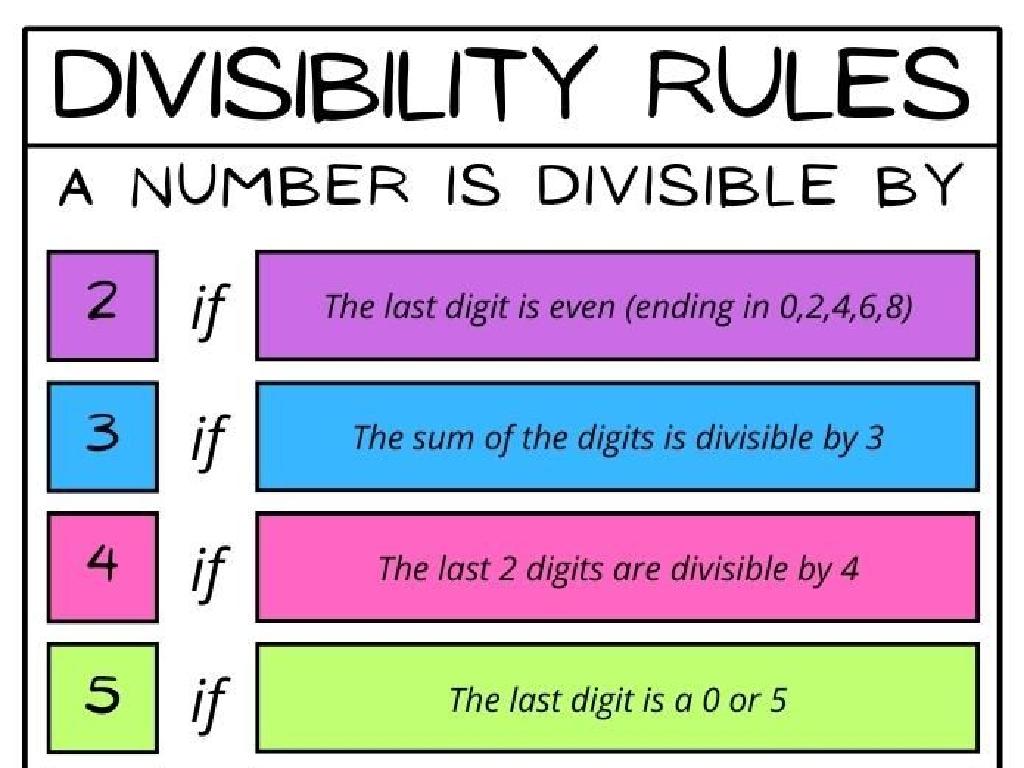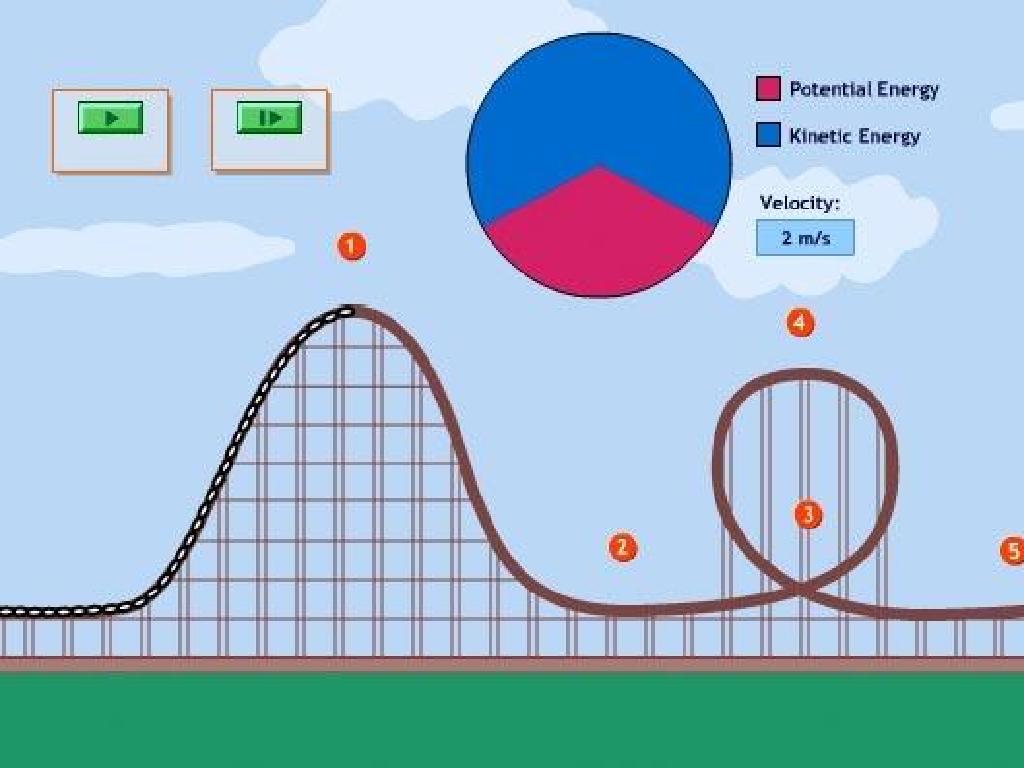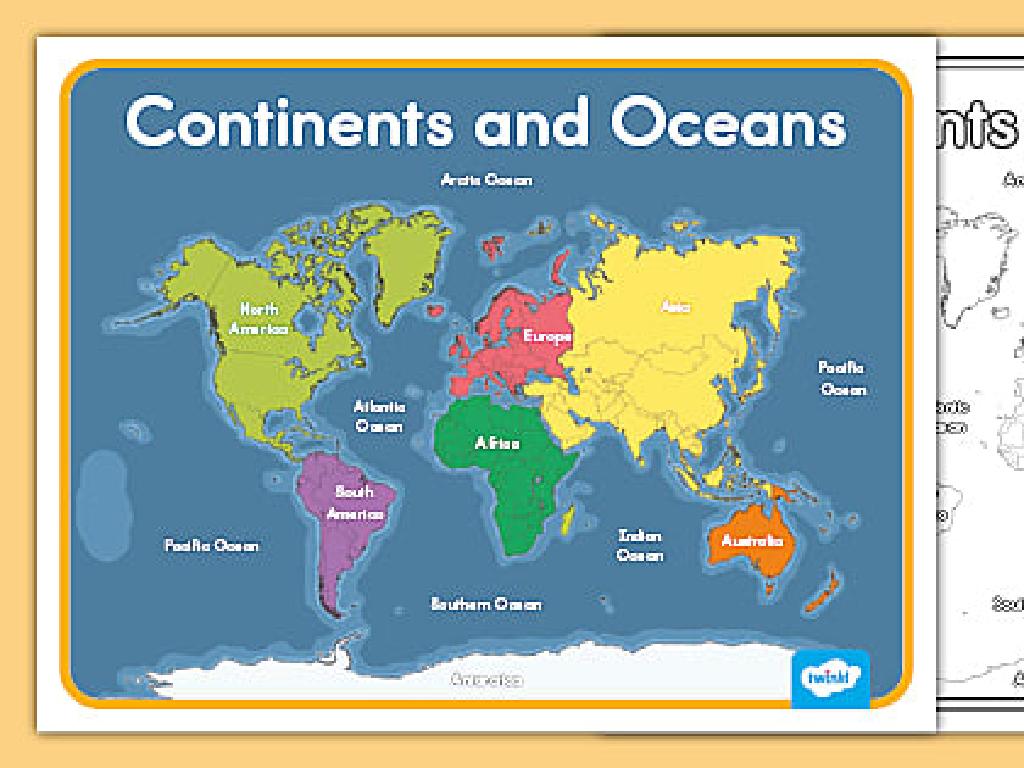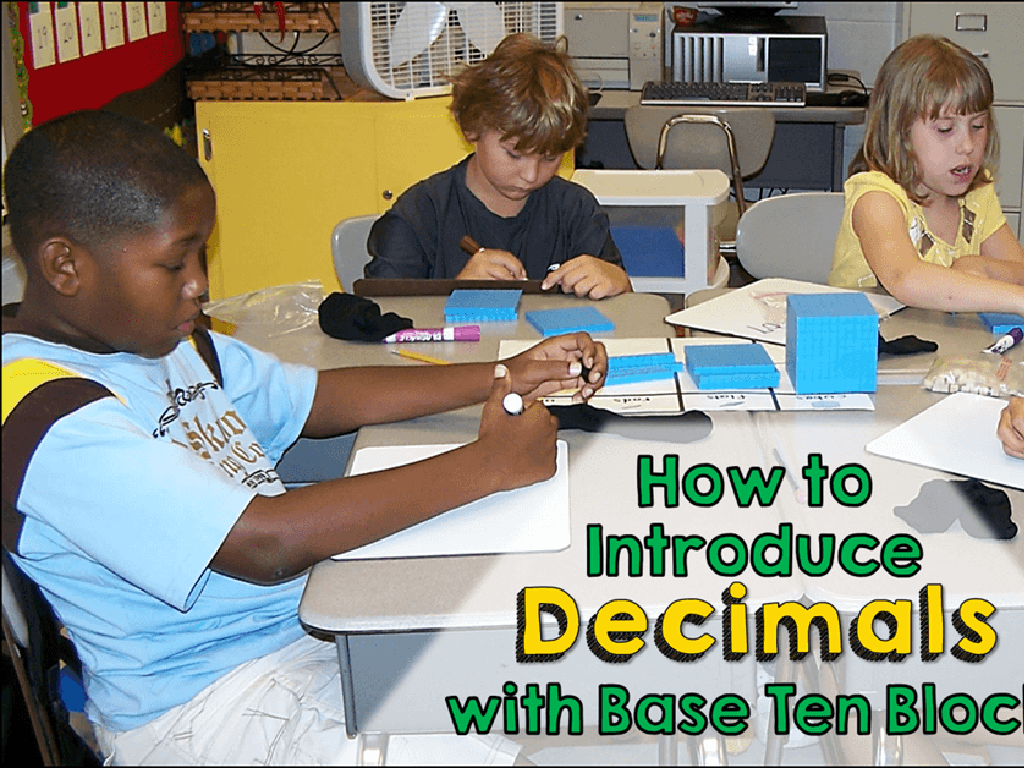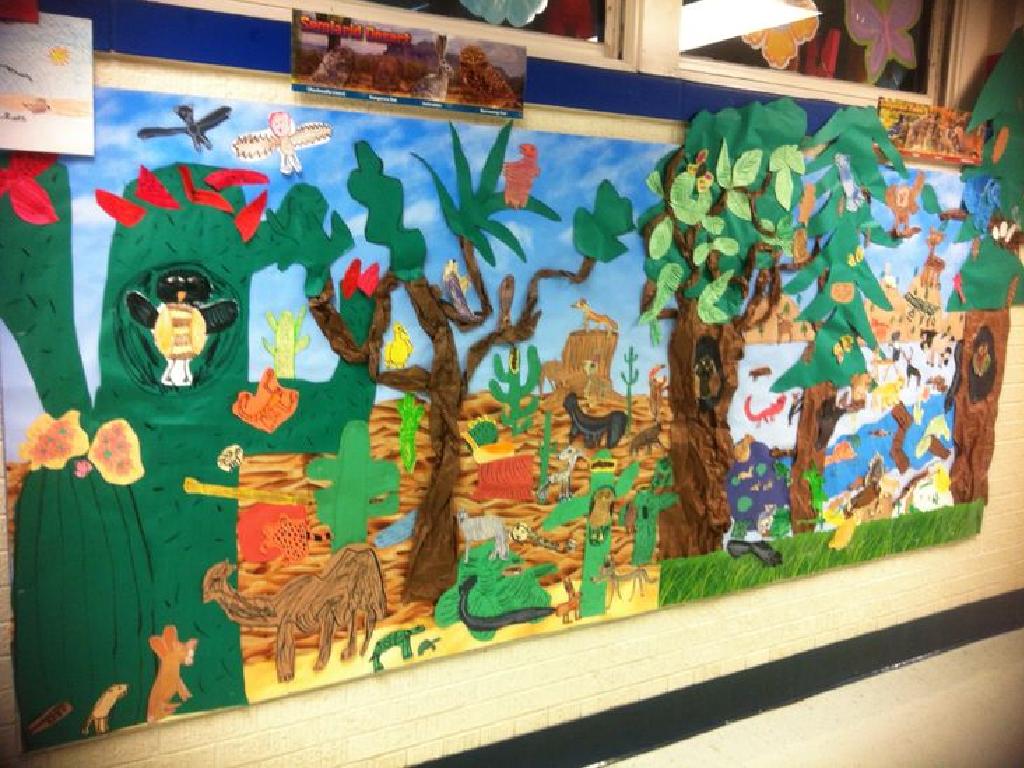Cylinders
Subject: Math
Grade: Kindergarten
Topic: Three-Dimensional Shapes
Summary: Introduce Kindergarten students to the cylinder, a key three-dimensional shape, in this engaging math lesson. Children will explore the features of cylinders-two flat circular faces and one curved side-through hands-on activities like building paper cylinders, classroom hunts, and creative collages. By connecting these shapes to everyday objects like cans and pencils, this lesson strengthens early geometry skills while making learning interactive, memorable, and fun.
Please LOG IN to download the presentation. Access is available to registered users only.
View More Content
Welcome to 3D Shapes: Meet the Cylinder
– Greet the class with enthusiasm
– Introduce the cylinder as a 3D shape
– A cylinder has 2 flat faces and 1 curved face
– Ask students about shapes they know
– Explain cylinders are everywhere
– Examples: a can of soup or a pencil holder
|
Begin the class with a warm and energetic greeting to capture the students’ attention. Introduce the cylinder by describing its characteristics, such as its two flat faces (top and bottom) and one curved surface. Engage the students by asking them to share any shapes they are already familiar with, which helps assess their prior knowledge and makes the lesson interactive. Highlight that cylinders are common in everyday life by pointing out objects they might use or see daily, like a can of soup or a pencil holder. This connection between the lesson and their environment will help them understand and remember the concept of cylinders.
Exploring Cylinders
– A cylinder is a 3D shape
– Like a block, but with round edges
– It has two flat faces
– Top and bottom are the same size
– One curved side
– The smooth surface that bends around
– Cylinders look like cans or drums
– Soup cans and drums are everyday examples
|
Introduce the concept of a cylinder to the students by comparing it to familiar objects such as cans of soup or drums. Explain that a cylinder is a three-dimensional shape, which means it is not flat like a piece of paper but has depth, height, and width. Highlight the two flat faces (top and bottom) that are shaped like circles and the one curved side that connects them. Encourage the children to look around the classroom and find objects that have a cylindrical shape to reinforce the concept. This activity will help them recognize cylinders in their environment and understand the basic properties of this three-dimensional shape.
Let’s Learn About Cylinders!
– Cylinders have two matching circles
– Like two cookies with the same size
– Top and bottom are circle twins
– One circle is at the bottom, one is at the top
– The side is a special curve
– It’s called the lateral surface, like a rolled-up mat
– All parts make a cylinder
|
This slide introduces the basic parts of a cylinder to Kindergarten students. Emphasize that cylinders have two circles of the same size, much like two cookies that look exactly alike. These circles form the top and bottom of the cylinder. The curved side that connects these circles is the lateral surface, which can be imagined as a mat that’s been rolled up to connect the two circles. Encourage the children to think of objects they know that are shaped like cylinders, such as a can of soup or a roll of toilet paper. This will help them understand the concept of cylinders in a tangible way. During the presentation, use real-life objects to demonstrate the parts of a cylinder.
Cylinders Around Us
– Cylinders are shapes we see daily
– Examples: pencils, paper towel rolls
– Long, round, with two flat ends
– Examples: cups, cans, and drums
– Found in the kitchen and music
– Think of more cylinder objects
– Use imagination to find cylinders
|
This slide is meant to help Kindergarten students recognize cylinders in their everyday environment. Start by explaining that a cylinder is a shape that is round and has two flat ends – like a can or a drum. Show them examples of everyday items that are cylinders, such as pencils, paper towel rolls, and cups. Encourage the children to look around their homes and classrooms to find more examples of cylinders. This activity will help them understand the concept of three-dimensional shapes and how they are a part of their daily lives. It’s a great way to make learning interactive and fun.
Let’s Build a Cylinder!
– Make cylinders with paper
– Roll paper into cylinder shape
– Follow step-by-step to create a cylinder
– Ends should be circles
– Check the ends of your cylinder to see circles
– Sides must be curved
– Feel the sides to ensure they’re not flat
|
This activity is designed to help Kindergarten students understand the shape and structure of cylinders by creating one with their own hands. Provide each student with a sheet of paper and some tape. Demonstrate how to roll the paper lengthwise to form a cylinder and secure it with tape. Emphasize that the ends of the cylinder are circles and the sides are curved, not flat. This hands-on activity will help solidify the concept of cylinders as three-dimensional shapes. Suggest that students decorate their cylinders to personalize them. Offer assistance as needed and encourage students to help each other. Possible variations of the activity could include using different sizes of paper or decorating the cylinders to resemble objects they know.
Cylinder Hunt Adventure
– Let’s search for cylinders
– Pair up for a cylinder quest
– Cylinders: two circles, one curved side
– Like a can or a cup, with two flat ends and a round middle
– How many cylinders can we find?
|
This slide introduces a fun and interactive activity for the students to learn about cylinders by searching for them in their classroom environment. Encourage the children to work in pairs to foster teamwork and communication. Remind them of the key features of a cylinder: two circular bases and one curved surface. Provide examples of everyday objects that are cylinders, such as cans, cups, and rolls of tape, to help them identify these shapes. Prepare to assist them in their search and ensure they understand the concept. After the hunt, gather the class and discuss the various objects found, reinforcing the characteristics of cylinders. This activity will help solidify their understanding of three-dimensional shapes through hands-on learning.
Class Activity: Cylinder Collage
– Let’s make a cylinder collage!
– Cut out or draw cylinder shapes
– Find pictures in magazines or use colorful paper
– Glue cylinders on a poster
– Use glue sticks to stick your shapes
– Display our cylinder findings
– We’ll show everyone our cylinder collection!
|
This activity is designed to help Kindergarten students recognize and understand cylinders as a three-dimensional shape. Provide magazines, safety scissors, and colorful paper for students to cut out or draw cylinders. Assist them in identifying cylinder shapes in various objects. Have glue sticks and a large poster paper ready for students to create a collage of their findings. Once completed, display the posters in the classroom to celebrate their work. Possible variations of the activity could include using different materials to create cylinders, finding objects around the classroom that are cylinder-shaped, or even bringing cylinder-shaped snacks to discuss and enjoy.
Review and Goodbye!
– Recap: What are cylinders?
– Identify parts of a cylinder
– Show me the top, bottom, and side
– Praise for today’s learning
– Looking forward to next class
|
This slide is meant to conclude the lesson on cylinders. Start by asking the students to recall what they’ve learned about cylinders to reinforce their understanding. Then, have them identify the different parts of a cylinder using a real object or a model. Praise their efforts and participation to boost their confidence. End the class on a positive note, expressing excitement for the next lesson to keep them engaged and looking forward to learning more about three-dimensional shapes.

